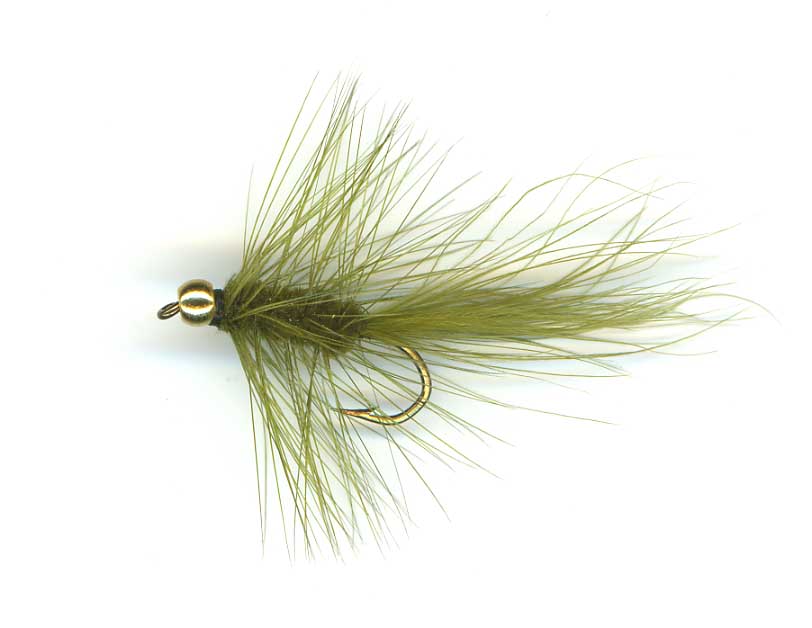Welcome to River Magic
Stillwater Slim on the Line... July 20, 2010
|
 Come Alive!
As bait fishers we all learned this: Live bait is better than dead bait!
The same principle applies to fly fishing. Whether we’re imitating trout food, matching the hatch, or using attractor flies we should keep one thing in mind: our fly should appear to be alive. Trout are attracted by natural movement and also by unusual movement, for example the struggle of an injured minnow or a struggling grasshopper. Our flies may work because they mimic natural behavior or because they appear to be something new and different, but they should always appear to be alive. Appearing to have life always beats precise imitation, as shown by the productivity of an abstract nymph like the popular Hare’s Ear Nymph, compared to much more precise but less mobile nymph or minnow imitations. The same can be said about exact minnow imitations. Materials like turkey marabou feathers have become very popular because marabou flies “come to life” in the water. Wild trout aren’t scavengers and they don’t eat garbage – they like their food fresh and alive!
Last week we discussed matching the hatch. But what to do when there’s no insect hatching, or when trout aren’t feeding on a hatch? We can try imitating other trout food such as baitfish, leeches, worms, nymphs, terrestrials like ants and hoppers, and yes, even mice. We usually run out of time rather than flies before all these possibilities are tried. But time can be saved by using a versatile fly like a Muddler that can imitate minnows, hoppers, and nymphs, depending on how it is fished.
Or, we can use attractor flies. There are times when the old favorite attractor flies will outfish any of the newer hatch imitations. In Nova Scotia we have resident speckled trout that live their entire lives in freshwater and we are also blessed with sea trout runs. Sea trout generally enter our streams in June to spawn in the fall. These trout have fed heavily in salt water, growing fast into beautiful silver red-fleshed sportfish, similar to a salmon, but smaller. Fresh run sea trout prefer bright attractor flies, as do fresh run salmon. Both have not fed on insect hatches for a time and seem much less fussy than resident trout, more open to suggestion, and they often favor large flies. Both will later come to generally prefer darker, smaller, more conservative flies in the weeks or months they spend in our streams awaiting their spawning time. Then, as spawning time approaches, trout or salmon, especially males, become aggressive and territorial, attacking big and bright attractor flies that they regard as intruders or competitors.
An excellent attractor fly is the Olive Wooly Bugger. The fly’s marabou tail and body hackle pulsate and breathe, appealing to a trout’s appetite for something fresh and alive. It’s a favorite of Fraser’s Mills’ fly tying virtuoso, Damian Welsh, who tied the fly in the photo.
Olive Wooly Bugger
Thread: UTC G.S.P. 50 Denier thread Hook: Mustad 9671 size 2 - 10 Bead head Gold, sized to hook (optional & not legal on scheduled rivers, since a metallic bead adds weight to a fly, but plastic beads are OK anywhere) Tail: Olive marabou Body hackle: Olive cock saddle or Chinese neck Body: Olive chenille or Ice Dub Head: Thread finished behind bead with thin, penetrating head cement
Please stay on the line … |